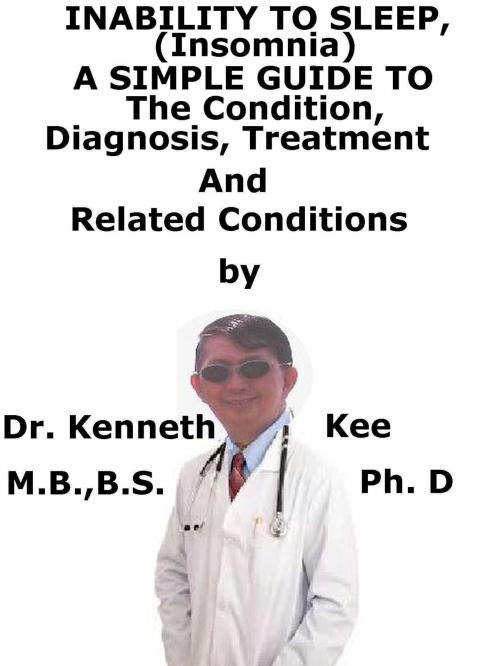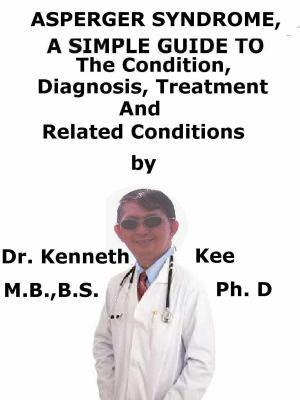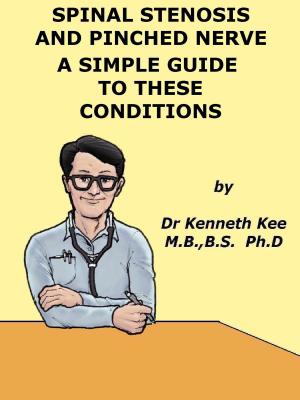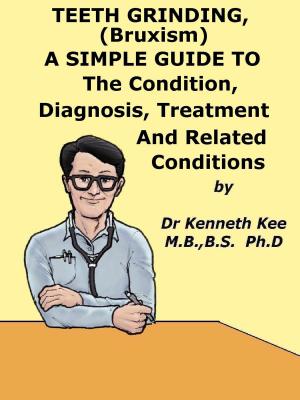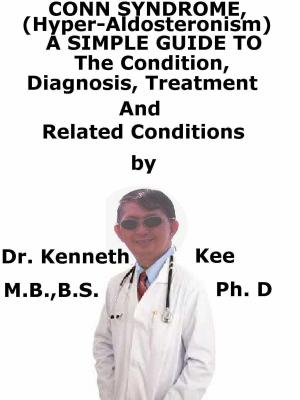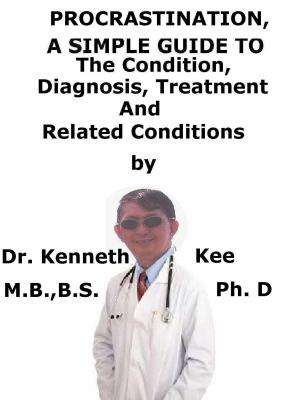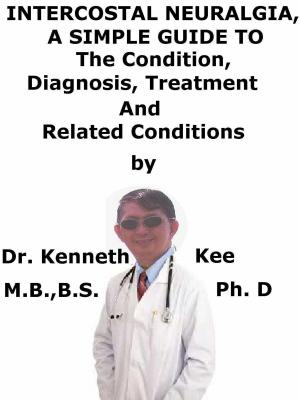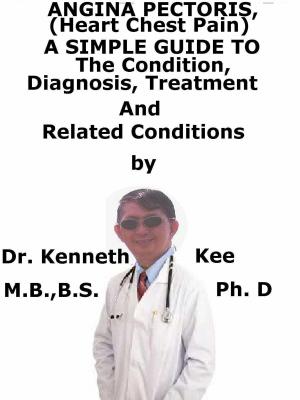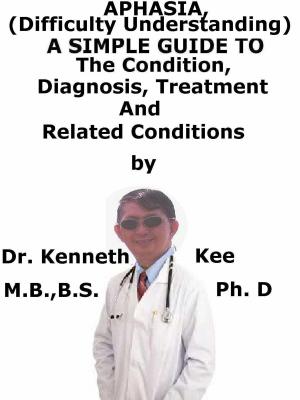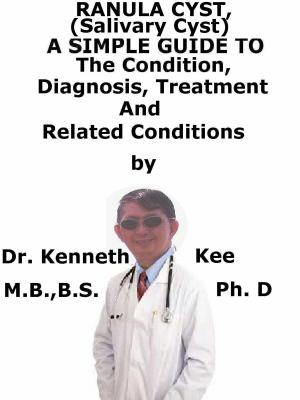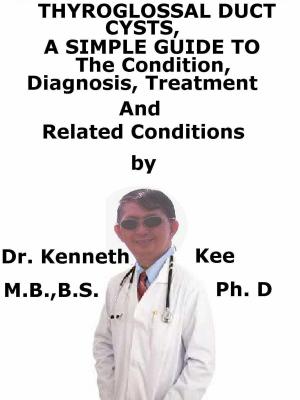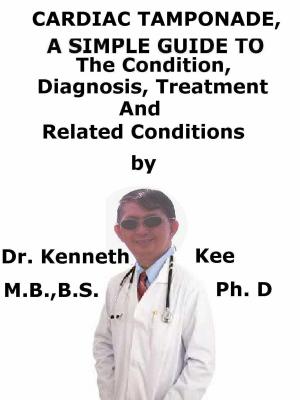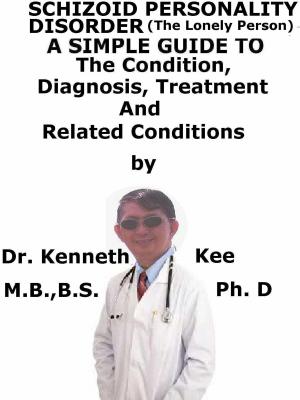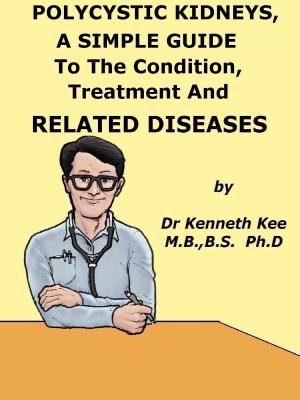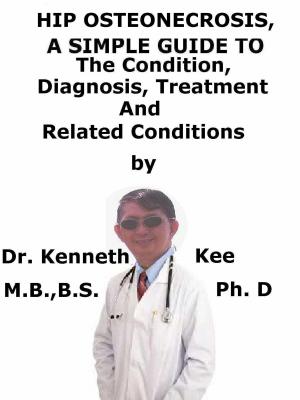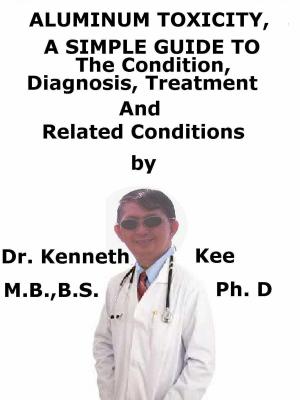Inability to Sleep, (Insomnia) A Simple Guide To The Condition, Diagnosis, Treatment And Related Conditions
Nonfiction, Health & Well Being, Medical, Specialties, Internal Medicine, Neurology, Health| Author: | Kenneth Kee | ISBN: | 9781370423958 |
| Publisher: | Kenneth Kee | Publication: | November 5, 2016 |
| Imprint: | Smashwords Edition | Language: | English |
| Author: | Kenneth Kee |
| ISBN: | 9781370423958 |
| Publisher: | Kenneth Kee |
| Publication: | November 5, 2016 |
| Imprint: | Smashwords Edition |
| Language: | English |
Insomnia is described as a medical sleep disorder typically featured by:
1. Difficulty in falling and remaining asleep
2. Too early morning wakening
3. Too many awakenings during the night
4. Lack of restful sleep
5. A combination of these.
Most people have poor sleep at least once in their lifetime
Insomnia is perhaps the most common sleep disorder affecting most people at sometime in their lives.
For such a common sleep disorder insomnia is not well understood by most people.
1. Primary insomnia is insomnia that happens when no illness or other secondary cause is identified.
Primary insomnia is responsible for about one in five cases of long-term insomnia.
2. Secondary (or co-morbid) insomnia happens when insomnia is a symptom of, or is linked with, other disorders.
These can be medical or mental health disorders, or drug or substance misuse.
1. Transient insomnia happens for only a few days of insomnia,
2. Short-term insomnia happens between one and four weeks.
3. Long-term (or chronic) insomnia happens for four weeks or longer.
Man is the only mammal that is willingly to delay his sleep.
The higher the altitude, the greater is the sleep interference
Normally most healthy adults require seven to nine hours of sleep a night
Sleep is just as essential as diet and exercise.
Poor sleep or lifestyle habits that may cause insomnia or make it worse are:
1. Going to bed at different times each night
2. Daytime napping
3. Poor sleeping environment, such as too much noise or light
4. Using the television, computer, or a mobile device in bed
5. The use of some medications and drugs
Diagnosis is by:
1. Typical history of difficulty in sleeping
2. Electroencephalogram (EEG) for brain wave pattern
3. Sleep Laboratory Analysis
Treatment of Insomnia is by:
Behavior Therapy
Medicines to help sleep
Other methods e.g. warm drinks, baths. music, counting sheep,have a massage
TABLE OF CONTENT
Introduction
Chapter 1 Inability to Sleep (Insomnia)
Chapter 2 Causes
Chapter 3 Symptoms
Chapter 4 Diagnosis
Chapter 5 Treatment
Chapter 6 Prognosis
Chapter 7 Sleep Deprivation
Chapter 8 OSA
Epilogue
Every one is unable to sleep once in a while.
Sometimes it is because of the stress of work, studies for examinations or an illness or death of a close family member or even friends.
Some are unable to sleep the whole night while others sleep poorly.
Whatever the cause, inability to sleep can deprive a person of adequate rest of the brain and may affect his mental condition.
Insomnia is described as a medical sleep disorder typically featured by:
1. Difficulty in falling and remaining asleep
2. Too early morning wakening
3. Too many awakenings during the night
4. Lack of restful sleep
5. A combination of these.
Most people have poor sleep at least once in their lifetime
Insomnia is perhaps the most common sleep disorder affecting most people at sometime in their lives.
For such a common sleep disorder insomnia is not well understood by most people.
1. Primary insomnia is insomnia that happens when no illness or other secondary cause is identified.
Primary insomnia is responsible for about one in five cases of long-term insomnia.
2. Secondary (or co-morbid) insomnia happens when insomnia is a symptom of, or is linked with, other disorders.
These can be medical or mental health disorders, or drug or substance misuse.
1. Transient insomnia happens for only a few days of insomnia,
2. Short-term insomnia happens between one and four weeks.
3. Long-term (or chronic) insomnia happens for four weeks or longer.
Man is the only mammal that is willingly to delay his sleep.
The higher the altitude, the greater is the sleep interference
Normally most healthy adults require seven to nine hours of sleep a night
Sleep is just as essential as diet and exercise.
Poor sleep or lifestyle habits that may cause insomnia or make it worse are:
1. Going to bed at different times each night
2. Daytime napping
3. Poor sleeping environment, such as too much noise or light
4. Using the television, computer, or a mobile device in bed
5. The use of some medications and drugs
Diagnosis is by:
1. Typical history of difficulty in sleeping
2. Electroencephalogram (EEG) for brain wave pattern
3. Sleep Laboratory Analysis
Treatment of Insomnia is by:
Behavior Therapy
Medicines to help sleep
Other methods e.g. warm drinks, baths. music, counting sheep,have a massage
TABLE OF CONTENT
Introduction
Chapter 1 Inability to Sleep (Insomnia)
Chapter 2 Causes
Chapter 3 Symptoms
Chapter 4 Diagnosis
Chapter 5 Treatment
Chapter 6 Prognosis
Chapter 7 Sleep Deprivation
Chapter 8 OSA
Epilogue
Every one is unable to sleep once in a while.
Sometimes it is because of the stress of work, studies for examinations or an illness or death of a close family member or even friends.
Some are unable to sleep the whole night while others sleep poorly.
Whatever the cause, inability to sleep can deprive a person of adequate rest of the brain and may affect his mental condition.
